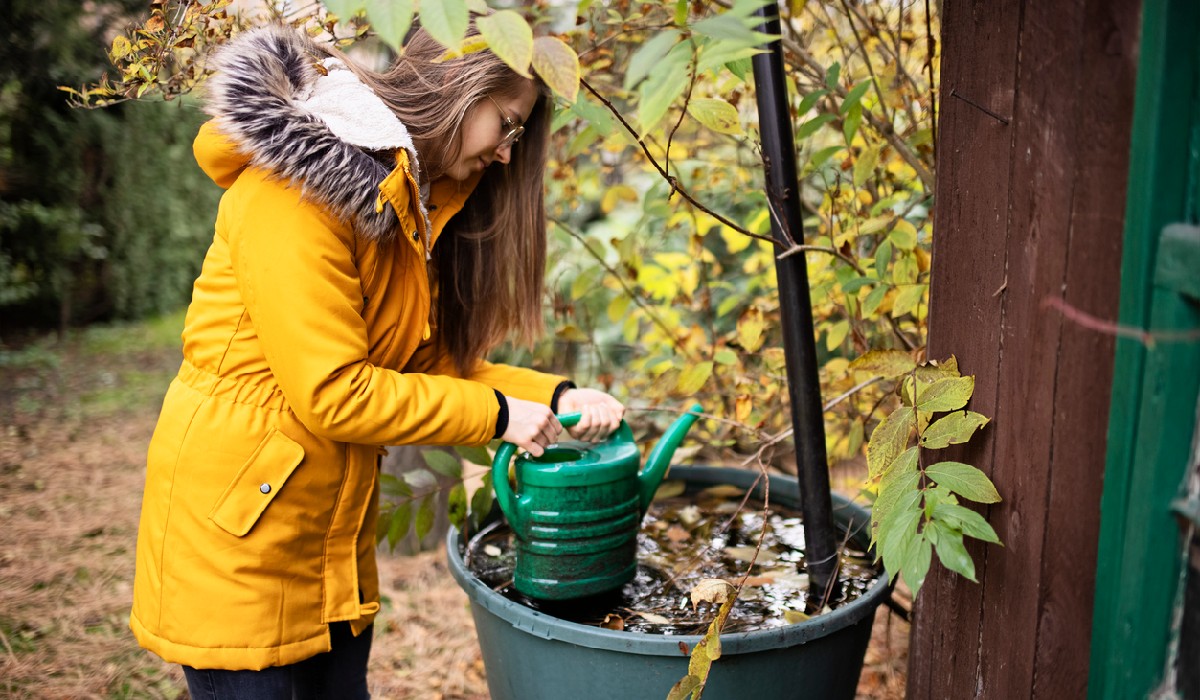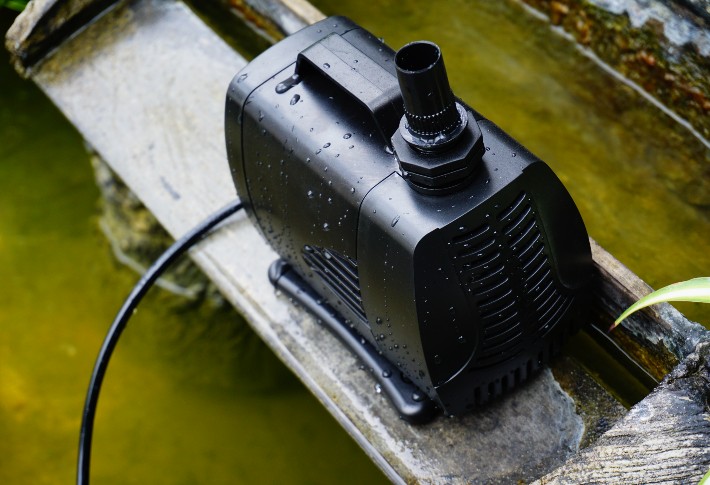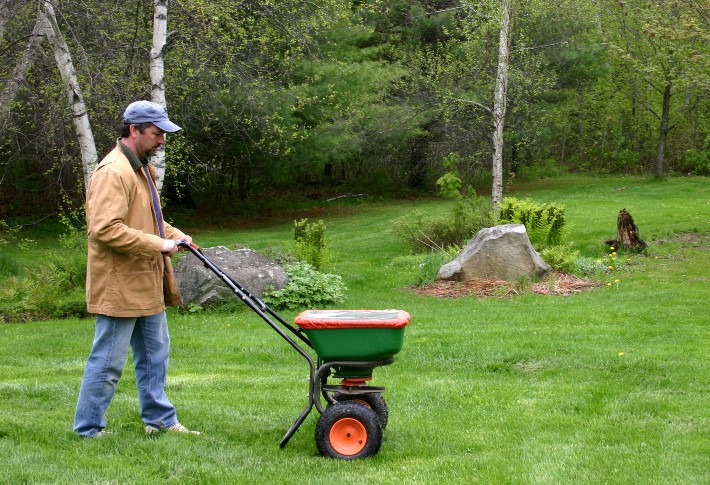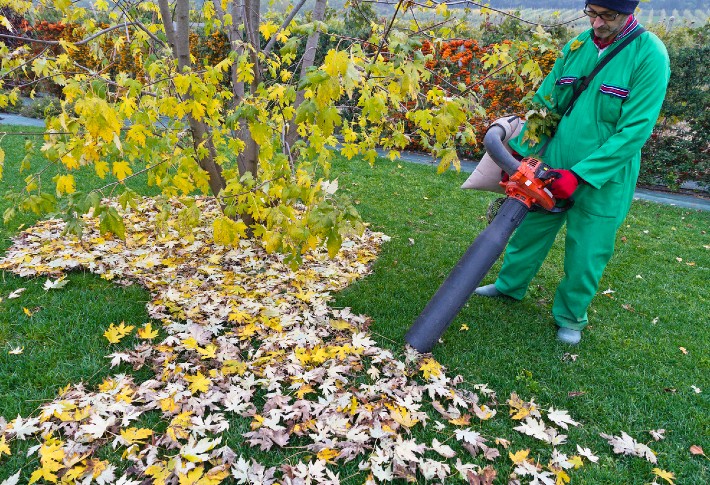5 Benefits of Using a Rain Barrel

The benefits of using a rain barrel cannot be overstated. Rain barrels come in various shapes and sizes and can be used to store rainwater from your roof for various purposes. Not only is it a great way to conserve water and reduce your water bill, but it can also be used to water your plants and gardens.
In this article, we’ll discuss five benefits of using a rain barrel. We’ll explore how it can save you money, improve your garden and landscaping, reduce runoff, and more. If you’re looking to make the most of your water and learn how to use a rain barrel, keep reading.
What Is a Rain Barrel?
A rain barrel is a system that collects rainwater from rooftops or other structures and stores it in a container for later use. The collected water can then be used for watering plants and gardens, washing cars, and filling up pools or hot tubs.
Benefits of Using a Rain Barrel
Cost Savings
Using a rain barrel can help you save money on water bills by collecting rainwater that you can use in other ways. Where you would once pay for water, a rain barrel recycles excess water so you no longer have to pay.
Environmentally-friendly
Rainwater collected in a rain barrel is free from chemicals and pollutants, making it an eco-friendly alternative to tap water.
Natural Fertilizer
Collected rainwater can also be used as a natural fertilizer for plants and gardens since it contains nitrogen and other essential minerals that plants need to grow healthy.
Reduced Stormwater Runoff
Using a rain barrel can help reduce stormwater runoff since it prevents the water from entering storm sewers or streams.
Alternative to City Water Supply
For those living in remote areas or who don’t have access to a city water supply, having a rain barrel can provide you with an alternative source of water to use for your everyday needs. Rainwater should be filtered for contaminants before it can be used for drinking water.
How To Choose the Right Rain Barrel
When choosing the right rain barrel for your needs, you need to consider several factors, such as size, material, design features, and filtration system. You should also take into account the location where you plan on installing your rain barrel and any local regulations that may apply before making your purchase.
Tools and Equipment Needed for Installation
Before you begin the installation of your rain barrel, make sure you have all the tools and equipment necessary for the job, such as drill bits, drill, leveler, screws or nails, measuring tape, and a caulking gun. You might need additional materials, such as PVC pipes or flexible hoses if you plan on connecting multiple barrels or extending your downspout drain line farther away from your home’s foundation.
Maintenance and Troubleshooting Tips
To keep your rain barrel functioning correctly over time, it is important to clean it using a mild soap solution or some other suitable disinfectant.
Check regularly for any cracks or holes in the lid and body of the barrel. It is better to identify these problems early on rather than deal with major repair work later. If you encounter any issues during installation or while using your rain barrel, consult an expert rather than attempting any repairs yourself.
Conclusion
A rain barrel can be beneficial in conserving water and saving you money. With the right tools and installation instructions, setting up your rain barrel can be easier than ever. If you’re looking to conserve some water, consider installing a rain barrel at your home today.



